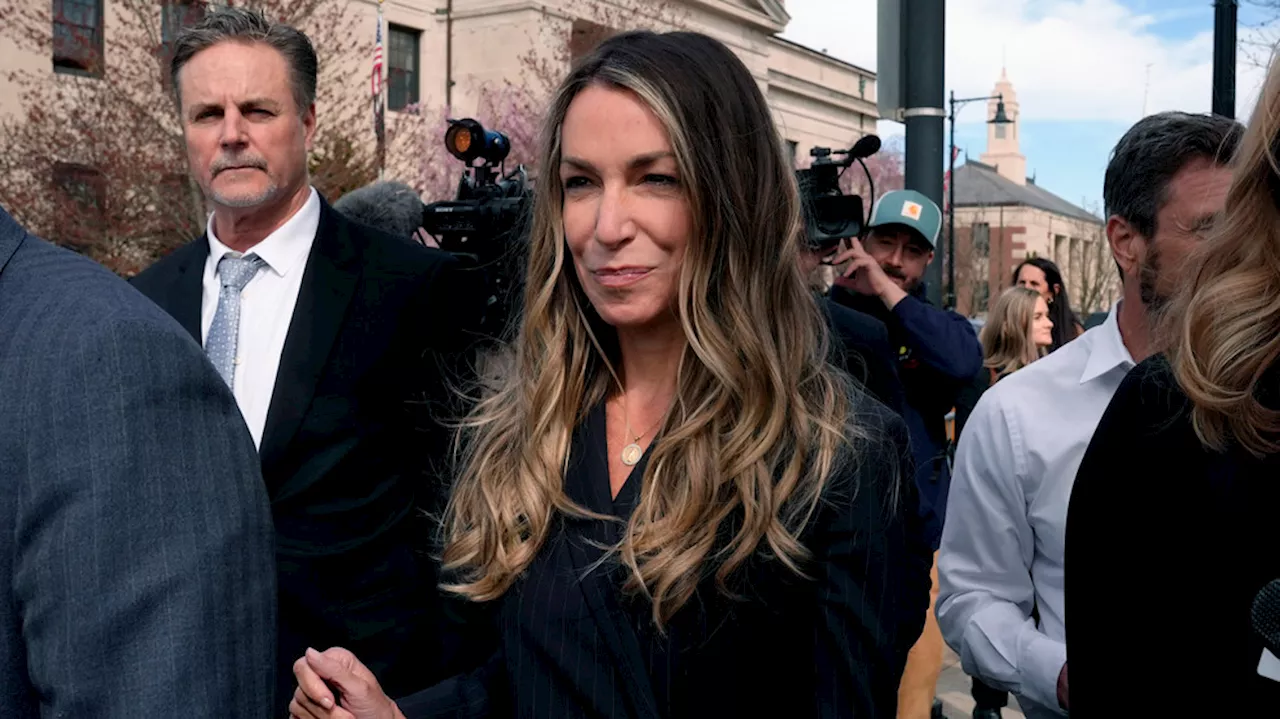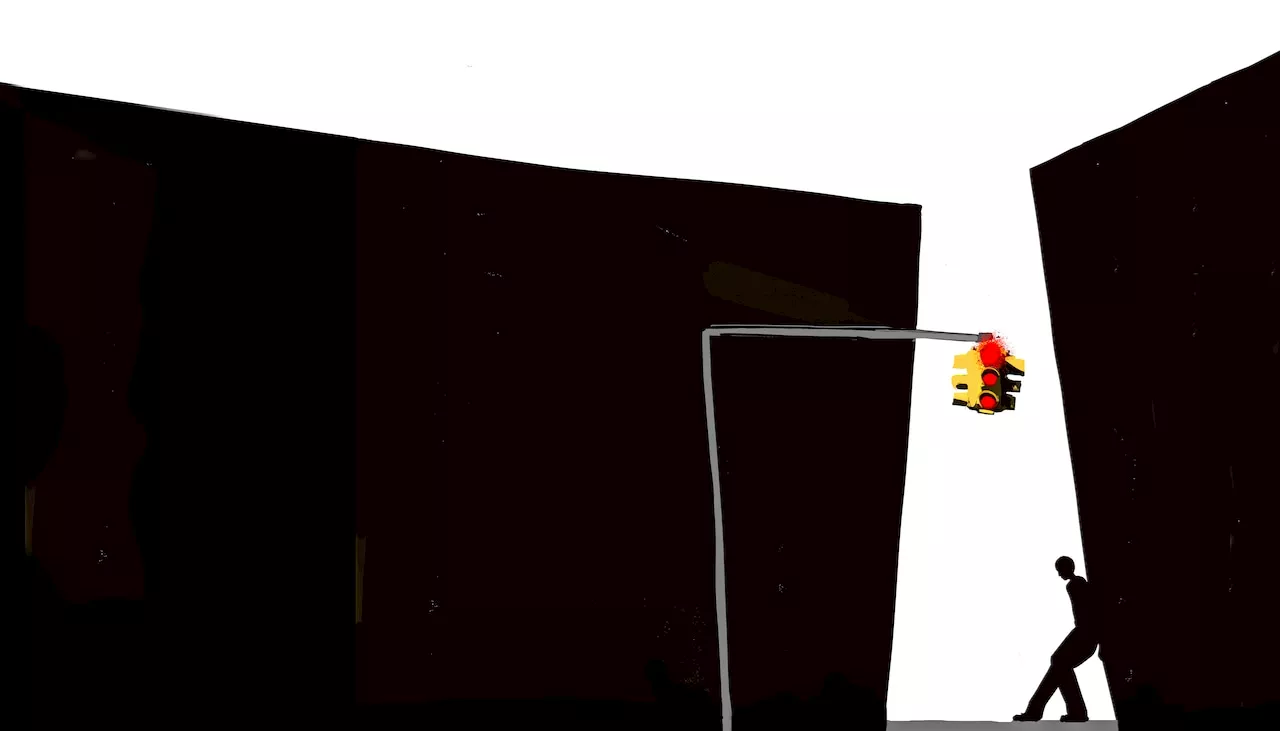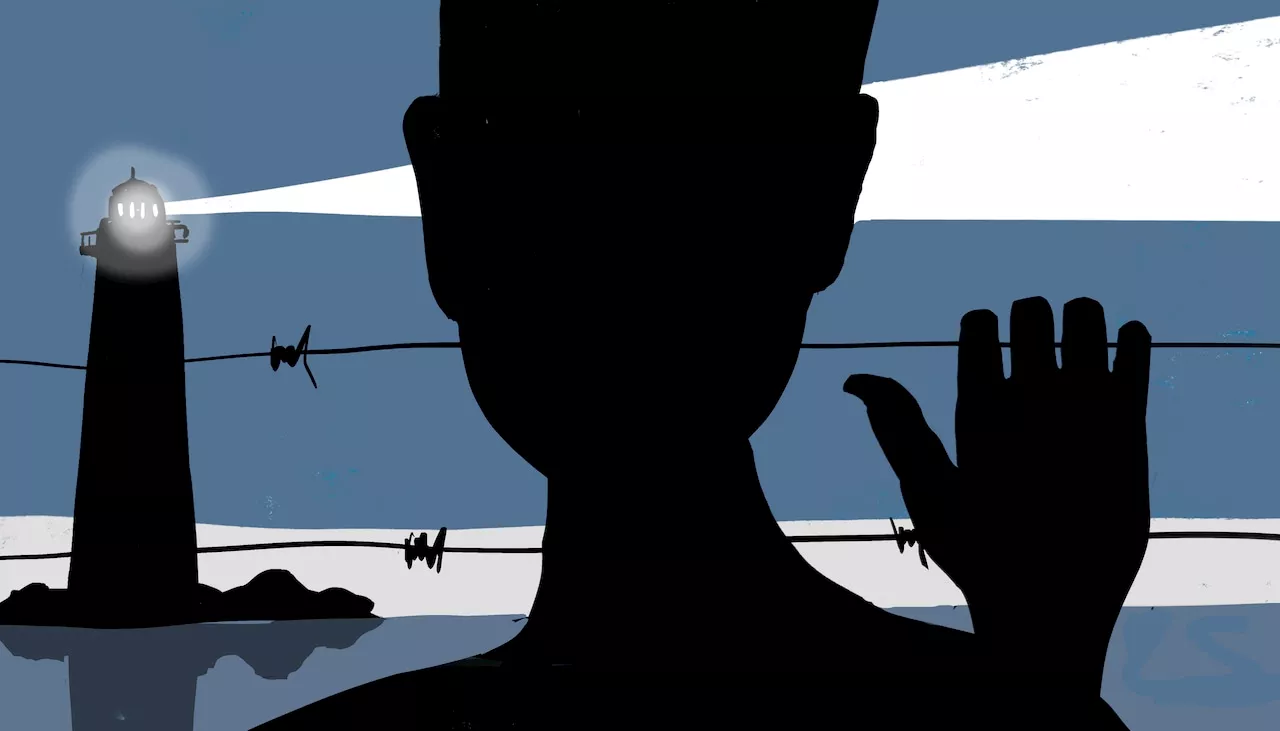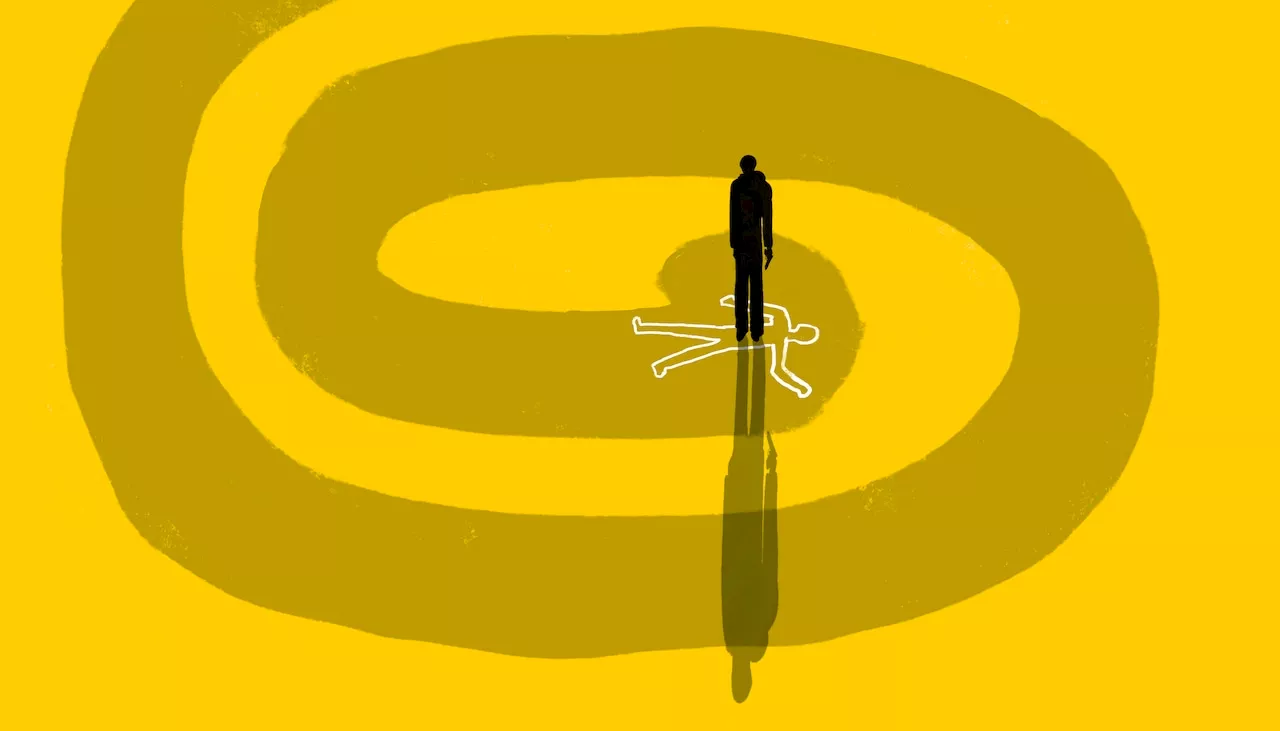“Delinquent: Our System, Our Kids” is a special series examining Cuyahoga County's juvenile justice system through the eyes of the kids who go through it. Courts are designed to provide programs to rehabilitate kids when they offend and divert them away from future crime. We look at how several of them are working.
Delinquent : Read all the stories from Week 4; Cuyahoga’s juvenile court has programs to rehabilitate youth offenders, some are transformativeJuvenile courts were created in the early 1900s to give youths second chances after crime to be rehabilitated. Courts support numerous programs to foster that reform. Sometimes they work, sometimes they don't. CLEVELAND , Ohio – Standing in juvenile court awaiting arraignment last year, 15-year-old Demetrius was unphased.
Demetrius is one of more than 50 juvenile offenders – referred to by middle name or pseudonym – who spoke to The Plain Dealer/cleveland.com about their recent experiences within the Cuyahoga County juvenile justice system, which puts more children behind bars than any other county in Ohio.
“I used to be on punishment so long I’d forget why I was punished,” he says. “So, I just started doing whatever I want.” But he grew bored and restless during the pandemic. He stopped going to school and started getting into trouble with friends. Once, in 2022, he was caught throwing shopping carts off a roof. Another time he was involved in a disturbance at MetroHealth hospital and refused to leave when asked. In both cases, he was the only one caught and charged.
“I’ve got two sets of kids,” the mom says. “One set is doing good, and the other is constantly in trouble.” One summer, he saved up $7,000, but says it didn’t last long. Part of it he used to buy a bed, TV and dresser, things he’d never had but felt “should be in a room.” Then he bought new clothes to replace the “raggedy” ones that he says led him to skip school to avoid embarrassment. The rest of the money he gave to his mother so they could avoid eviction.
The pair had discussed robbing the target with other teens on social media. But when those teens backed out, the prosecutor says Demetrius and his friend decided to go through with the plot on their own. Days later, the pair rode a bus to the alleged target’s house in the Brooklyn Centre neighborhood. The man was hosting a cookout and Demetrius, who says he was only going to play videogames, called ahead to say they were on their way.
Those programs have proven successful in diverting more youth away from the system earlier, data provided by the court shows, which has resulted in fewer kids facing some of the harsher sanctions, like residential lockup, jail or juvenile prison. However, about 25% of youth who participate in such services still reoffend and return to court within a year, data show, raising questions about why programs aren’t working in those cases and whether more could have been done.
Problems compounded when Demetrius was jailed for murder and could no longer supplement the family’s income. Their mother was struggling to find work and they again faced eviction. DeAndre went to stay with family friends in Mount Pleasant, but he worried his welcome was wearing out. “One more mouth to feed,” he says. He asked his mother for $20 to contribute toward groceries, in hopes the family would let him stay longer.Earlier that day, DeAndre had walked an hour and a half through a drizzling February rain to attend his brother’s amenability hearing, where a judge would determine whether Demetrius would be tried as an adult. He thought the outcome would be favorable.
Demetrius had recently received his diploma and enrolled in chef training. His good behavior in detention also earned him “star mentor” status, which allowed him to live in the least-restrictive housing unit, his attorney said. Sweeney also noted that murder charges, in adult court, carry a 15-year prison sentence, time Demetrius couldn’t serve in the juvenile system, if convicted.
Both were suspended for two days. The other girl also changed schools. Mariah thought the one-off fight was over.Mariah was terrified. It was the first time she – or any of her four siblings – had been in trouble with the law. She worried whether she could be jailed or how a criminal record could impact her aspirations to become a nurse. Mostly, though, she hated what the charge said about her.
Some youth might be sent to therapy or one of the court’s specialized dockets, where they receive services specific to their needs. Others are sent to traditional diversion programs through the youth’s home community or the city where their offense occurred. The individual programs decide the consequence, typically involving apology letters to victims, community service or counseling.
For some youth in the juvenile justice system, community service can be part of diversion or probation programs. The office was viewed during a February 2023 tour of the Cuyahoga County Juvenile Justice Center, which includes the courts and detention center.The program does not track recidivism directly, Dawson says, but her manual review of 2023 participants who were charged with new offenses while going through diversion fell below 3%. Most of those charges were misdemeanors, she says.
Granting that wish, however, requires more funding. Cleveland’s program has just three employees and a budget of $44,700, limiting options. Therapy, for example, is vital to most youth’s rehabilitation, program managers agree, but they can only afford to give youth a session or two, not the ongoing services most need.The city is working with the court to explore options for expanding funding for the program, a spokesman for the mayor’s office says, but nothing has been finalized.
The program sends a case worker into the youth’s house and works with the entire family on stabilizing basic needs, setting boundaries, implementing appropriate punishments and restoring relationships. Workers spend a minimum of three hours with families each week and are on call 24/7 to address problems.
To stop him from stealing, Daniel’s mom started awarding him points for each day he behaved. Eventually, he could apply them toward new clothes or shoes. There was a blip near the end of his time in the program where he was involved in a fight and suspended from school for three days, but MST staff said his mother did “a great job of handling it.” She enforced his punishment – no phone during the suspension – and talked through nonviolent ways he could have responded.
His mother, a single parent, provides for his basic needs, he says, but little more. To fill in the gaps, he started selling drugs. In the past, his brother could make $1,000 in just a couple of hours, he recalls. But after his brother was arrested, Bryson got spooked and switched to stealing cars. The program isn’t always enough to overcome a child’s troubled home life and circumstances. But for Bryson, it was exactly the intervention he needed.One of his peers, Aaron, says he also “fell in love with that fast money.” He didn’t have any at home.
Last year, the 17-year-old was caught boosting dozens of cars off a rental lot. A police report said he did it under threat from an older man. When Bryson started the program last September, he paced with nervous energy, unable to sit or focus. He often had to be separated to avoid disrupting others and wasn’t completing assignments. Fast forward two months, he was relaxing in his seat, working silently and sharing during group therapy.Aaron, too, improved over the same period. He’d recently surprised himself by restraining and calming two brawling teens and helping an injured staff member.
“Intervention decisions can’t be based on just one thing: the crime,” Grace defends. “If you’re not addressing the right thing and just locking them up, it’s not going to be beneficial.”At CBIC, facilitators roleplay scenarios to help youth think through consequences of risky behaviors and possible alternatives. In November, one of the hypothetical scenarios was actually a lived reality for most of the group: what to do if they are kicked out of the house.
Grace says the situation exemplifies the challenges many youths face on their rehabilitation journeys. Rarely is the path straight or easy, and even kids who do well in court services can struggle again once they return home. He was failing in school and missing curfew. He stole money from siblings. He’d sneak out for days, running with the Heartless Felons gang.
Sometimes kids cycle through the system, despite interventions, reoffend and are labeled unredeemable. They get sent on to the adult system to face adult consequences, including adult prison. But some kids defy the odds and the expectations of prosecutors. Carter’s judge found him amenable, noting that he didn’t have a long criminal history and hadn’t yet received services. The judge sentenced him to juvenile prison for a minimum of four years, or up until he turned 21.
Carter started gravitating to older men from their Euclid neighborhood. Bad behavior followed. But his eventual arrest and incarceration “changed the trajectory of his life,” his mother now praises. The minimum nine-month program works to break through traumas to help youth develop coping and self-regulation skills. It also mandates therapy and education. Older youth are exposed to job training.
Fights also plummeted. Where Lighthouse used to report about 100 altercations a year, in 2022, it had just 16, Hagan says. Staff were able to convert what used to be “seclusion rooms” into recreational spaces. Recidivism also cut in half, she said; in 2022, just 10% of participants reoffended within a year of exiting the program.
He stopped fighting, called home more and connected with staff. When former gang friends arrived, he avoided them. “That’s when I knew I started to change,” he says. “Once I started changing, then everything changed.”
@Exmeter Delinquent Cuyahoga-County-Juvenile-Justice Cuyahoga-County-Juvenile-Court Bindover Cbic Mst Diversion Cleveland Lighthouse Odys
United States Latest News, United States Headlines
Similar News:You can also read news stories similar to this one that we have collected from other news sources.
 Delinquent: Read all the stories from Week 3; discretionary bindovers have fallen in Cuyahoga, but transfers“Delinquent: Our System, Our Kids” is a special series examining Cuyahoga County's juvenile justice system through the eyes of the kids who go through it. Unlike mandatory bindovers, discretionary transfers require a juvenile judges’ approval, based on an assessment of whether youth can be rehabilitated in the juvenile system.
Delinquent: Read all the stories from Week 3; discretionary bindovers have fallen in Cuyahoga, but transfers“Delinquent: Our System, Our Kids” is a special series examining Cuyahoga County's juvenile justice system through the eyes of the kids who go through it. Unlike mandatory bindovers, discretionary transfers require a juvenile judges’ approval, based on an assessment of whether youth can be rehabilitated in the juvenile system.
Read more »
 Karen Read murder trial continues for second week of testimonyThe Karen Read murder trial continues for a second week of testimony on Monday.
Karen Read murder trial continues for second week of testimonyThe Karen Read murder trial continues for a second week of testimony on Monday.
Read more »
 Why chipmakers are the stars of the week, plus Cramer's read-through on 3 reportsEvery weekday, the Investing Club releases the Homestretch; an actionable afternoon update just in time for the last hour of trading.
Why chipmakers are the stars of the week, plus Cramer's read-through on 3 reportsEvery weekday, the Investing Club releases the Homestretch; an actionable afternoon update just in time for the last hour of trading.
Read more »
 Delinquent: Read all the stories from Week 2; mandatory bindovers have risen in Cuyahoga, but some Ohio legis“Delinquent: Our System, Our Kids” is a special series examining Cuyahoga County's juvenile justice system through the eyes of the kids who go through it.
Delinquent: Read all the stories from Week 2; mandatory bindovers have risen in Cuyahoga, but some Ohio legis“Delinquent: Our System, Our Kids” is a special series examining Cuyahoga County's juvenile justice system through the eyes of the kids who go through it.
Read more »
 Delinquent: Read all the stories from Week 1. Cuyahoga County sends more kids to adult prison than any other“Delinquent: Our System, Our Kids” is a special series examining Cuyahoga County's juvenile justice system through the eyes of the kids who go through it. We kicked off the series this week with five parts touching on why juvenile court was created and how it's working for youth today.
Delinquent: Read all the stories from Week 1. Cuyahoga County sends more kids to adult prison than any other“Delinquent: Our System, Our Kids” is a special series examining Cuyahoga County's juvenile justice system through the eyes of the kids who go through it. We kicked off the series this week with five parts touching on why juvenile court was created and how it's working for youth today.
Read more »
 Delinquent: Alternatives to ODYS, like Lighthouse, use therapy to rehabilitate youth“Delinquent: Our System, Our Kids” is a special series examining Cuyahoga County's juvenile justice system through the eyes of the kids who go through it. Alternatives to traditional youth prison, like Lighthouse Youth Center at Paint Creek, focus on therapy and education to rehabilitate youth, and they're seeing success.
Delinquent: Alternatives to ODYS, like Lighthouse, use therapy to rehabilitate youth“Delinquent: Our System, Our Kids” is a special series examining Cuyahoga County's juvenile justice system through the eyes of the kids who go through it. Alternatives to traditional youth prison, like Lighthouse Youth Center at Paint Creek, focus on therapy and education to rehabilitate youth, and they're seeing success.
Read more »
